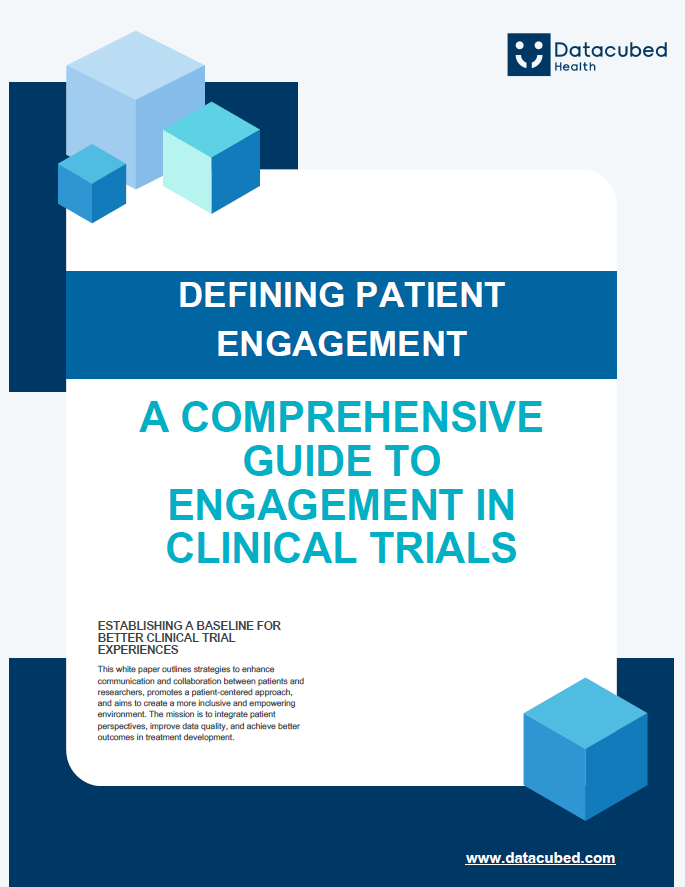
Recent years have seen a promising trend: the application of technology to revolutionise patient engagement and retention strategies. From mobile apps to electronic Clinical Outcome Assessments (eCOA)/Patient-Reported Outcome Measures (ePRO), and the burgeoning field of telehealth, technology is making waves in the way clinical trials are conducted. We examine some of the key solutions that are delivering change.
The positive impact of mobile apps
Mobile apps are at the forefront of this transformation, offering a direct line of communication between researchers and participants. These platforms can deliver reminders for medication intake, appointments, and provide educational content related to the trial, all at the patient’s fingertips. The convenience factor cannot be overstated; a Pew Research Center survey found that 85% of Americans own a smartphone, highlighting the potential reach of mobile-based interventions.
Improving data collection in trials
Electronic Clinical Outcome Assessments (eCOA) and Patient-Reported Outcome Measures (ePRO) further streamline the data collection process, allowing for real-time symptom tracking and feedback from participants. This not only enhances the quality and immediacy of the data but also engages the patient by valuing their input and experiences throughout the trial. A systematic review in the Journal of Medical Internet Research indicated that ePRO systems could improve patient engagement and data accuracy, making them invaluable tools for clinical research.
Increasing patient engagement
Patient engagement strategies have also seen a technological overhaul. Gamification, personalised communication, and virtual communities offer a sense of belonging and support to participants, which can be pivotal in retaining them for the trial’s duration. The more involved and valued patients feel, the more likely they are to stay committed.
The rise of telehealth
Telehealth has emerged as a game-changer, especially in the wake of the global pandemic. Virtual visits, consultations, and follow-ups not only ensure continuity in trials during unforeseen circumstances but also reduce the burden of travel for participants. This convenience is particularly beneficial for those in remote areas or with mobility issues. According to a survey by the American Hospital Association, 76% of US hospitals are connecting with patients and consulting practitioners using video and other technology, underscoring the widespread adoption of telehealth services.
Optimising technology in clinical trials
In conclusion, the integration of technology into clinical trials is paving the way for enhanced patient retention through convenience, engagement, and a personalised approach to participant care.
By harnessing the power of mobile apps, eCOA/ePRO, patient engagement strategies, and telehealth, researchers can not only streamline trial processes but also foster a supportive and inclusive environment for participants.
The future of clinical trials requires the balancing of human touch and technological innovation, ensuring that every participant’s journey is as informed and comfortable as possible.
To learn more about boosting patient engagement in clinical trials, download the document below.
References:
Pew Research Center. (2021). Mobile Fact Sheet. https://www.pewresearch.org/internet/fact-sheet/mobile/
Journal of Medical Internet Research. (2019). Systematic Review of ePRO Systems. https://www.jmir.org/2019/4/e11375/
American Hospital Association. (2020). Fact Sheet: Telehealth. https://www.aha.org/factsheet/telehealth



